1. “We used only the highest-quality materials.”
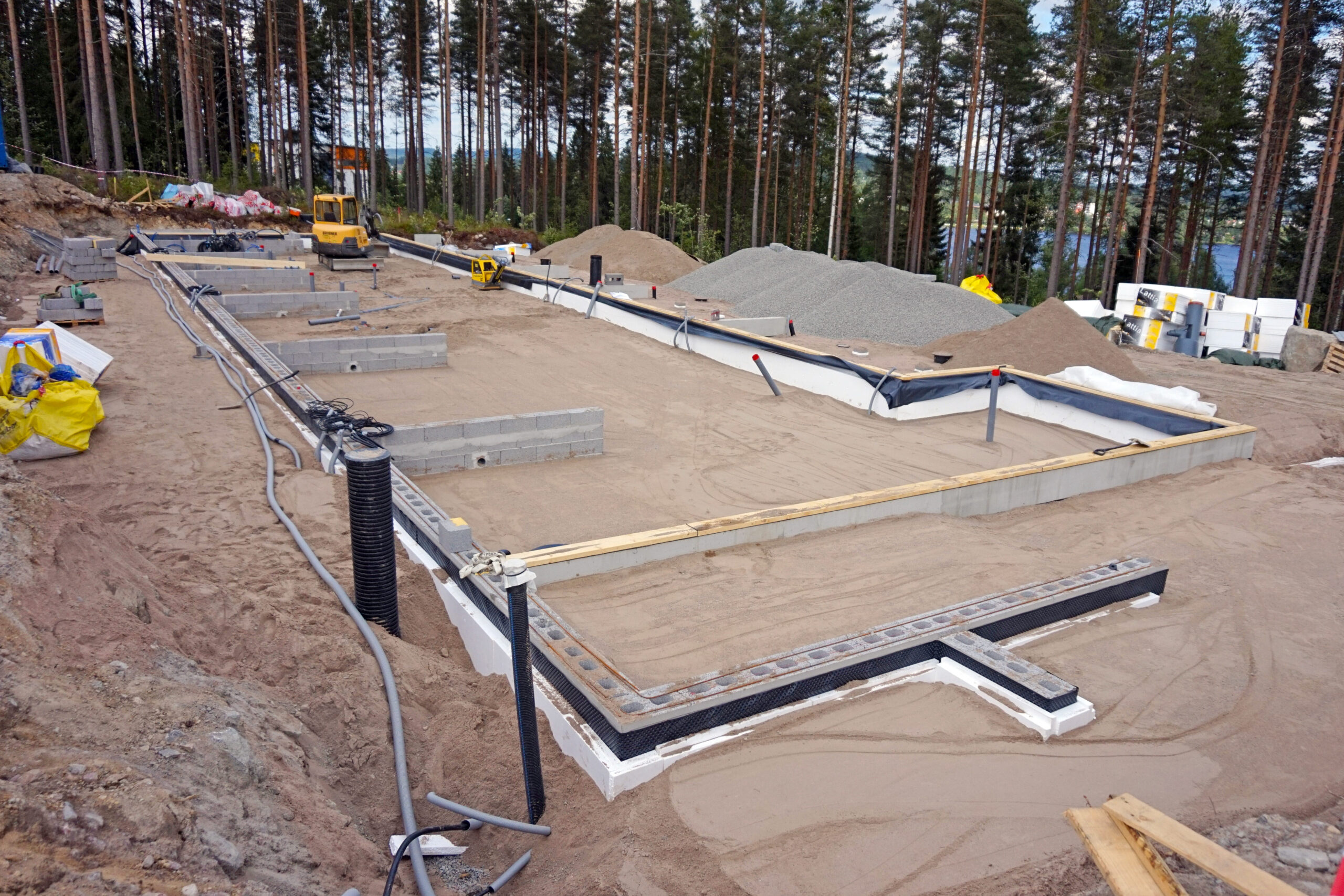
Developers love to highlight “premium finishes” and “durable construction.” For the first year, everything looks flawless — tiles gleam, walls are straight, and fixtures shine. But after a couple of winters and a humid summer, the truth starts showing. Tiles chip, paint bubbles, and doors don’t quite close right.
This ages badly because many buyers eventually discover cost-saving shortcuts. Sometimes the framing or insulation isn’t as robust as advertised. Other times, the shine hides the fact that things were mass-produced on the cheap. The drywall really does last longer than some of those “luxury” finishes.
2. “This neighborhood will stay quiet and residential.”
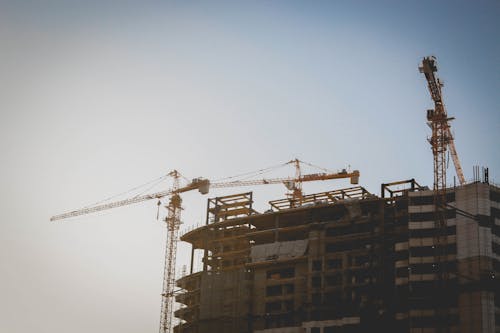
It sounds idyllic when a developer paints a picture of tree-lined streets with only the occasional jogger. Buyers love the idea of peace and quiet, and developers know it sells. But within a few years, that same area often attracts strip malls, gas stations, or a busy bypass road. Suddenly, the “quiet neighborhood” is more like a permanent construction zone.
The reason this ages badly is because developers don’t control long-term zoning decisions. Cities grow, and areas that seemed remote get swallowed up quickly. What felt like a hidden gem can become just another commercial corridor. The drywall lasts longer than the peace and quiet.
3. “You’ll never have to worry about parking here.”
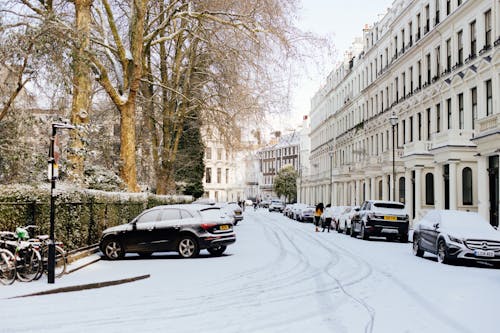
Parking lots always look generous on opening day. A sea of open spaces makes buyers believe they’ll never struggle to find a spot. But once the area fills up with more homes, restaurants, or shops, those wide-open lots suddenly look very small. Overnight, parking wars begin.
This promise ages poorly because developers often underestimate population growth. What feels like plenty of room today can feel like chaos tomorrow. People get cars, visitors come, and suddenly the infrastructure can’t keep up. Drywall might crack, but parking frustration sets in faster.
4. “The HOA fees will stay low.”
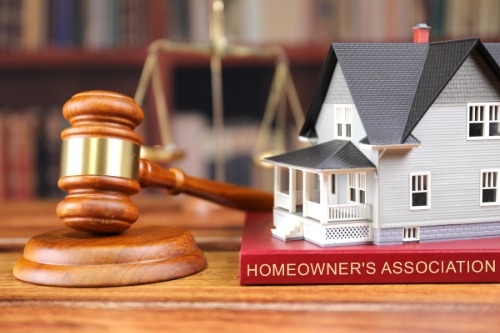
Developers love to pitch low HOA fees as proof of affordability. In the first couple of years, it feels like a steal — a small fee covering landscaping and maybe a pool. But once reality kicks in, maintenance costs climb. Suddenly, those low fees skyrocket to cover repairs, new amenities, or just basic upkeep.
This promise fails because early budgets are artificially low. Developers want to make the community look financially attractive at first. Over time, roofs need replacing, elevators break down, and landscaping isn’t cheap. Buyers end up paying much more than they were promised.
5. “We’ll have all the amenities ready on day one.”

Sales brochures always show sparkling pools, gyms, and lush parks. Buyers sign contracts expecting those features to be waiting when they move in. But in many developments, the homes go up before the amenities. Months or even years later, residents are still waiting for that clubhouse or playground.
This ages poorly because construction timelines often shift. Developers prioritize selling homes, not finishing extras. By the time the amenities are finally done, excitement has faded into resentment. The drywall in your home may already need repainting before the pool opens.
6. “Property values will only go up.”

Developers often hint that buying in their community is as much an investment as a lifestyle choice. It’s comforting to think that your home will steadily appreciate in value. But real estate markets are unpredictable. Economic downturns, oversupply, or neighborhood decline can wipe out those gains.
This promise ages worse than drywall because it’s based on wishful thinking. No developer can guarantee appreciation. Even well-planned neighborhoods can stall out if buyers look elsewhere. Homeowners end up with crushed expectations instead of guaranteed returns.
7. “This development will blend seamlessly with nature.”

Sales pitches often highlight how a new community is designed “in harmony” with its surroundings. Marketing materials show happy families biking through lush greenbelts. But as the years pass, the reality looks more like concrete everywhere and fewer trees than promised. Wildlife vanishes, and heat islands set in.
This fails because “green living” costs money. Preserving mature trees, maintaining wetlands, or creating real eco-friendly spaces takes serious long-term effort. Developers often deliver the minimum required, and nature becomes an afterthought. What sounded timeless feels dated almost immediately.
8. “We’ll only build this many homes here.”
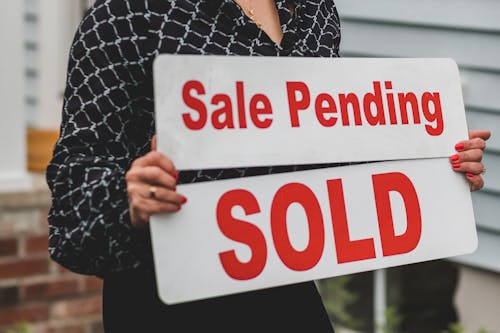
Early buyers love the idea of exclusivity. Fewer homes mean less crowding, more privacy, and better resale value. But once the first phase sells well, developers often find ways to expand. Suddenly, what was supposed to be 50 homes becomes 150.
This ages poorly because expansion is always tempting. Land is valuable, and demand drives developers to maximize profit. Buyers feel misled when their “small community” grows into another sprawling subdivision. Drywall cracks, and so does trust.
9. “Construction will be finished before you move in.”
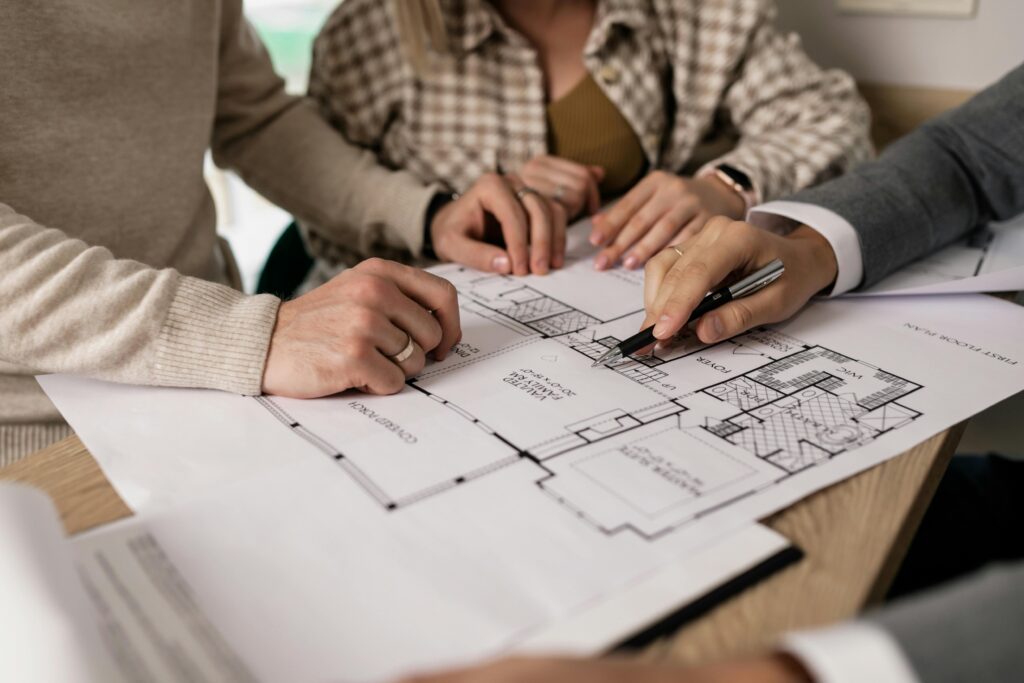
Nobody wants to live in a construction zone. Developers reassure buyers that the mess will be cleaned up by move-in day. But in many cases, residents arrive to noise, dust, and heavy trucks rolling down their street. The neighborhood feels half-finished for years.
This fails because construction is always behind schedule. Developers stagger builds to maximize cash flow, not peace of mind. Homeowners end up paying full price to live in the middle of a job site. The drywall inside looks done, but the street outside tells a different story.
10. “These walls are soundproof.”

Soundproof walls are a huge selling point, especially in condos and townhouses. At first, buyers believe in the magic of “state-of-the-art insulation.” But a few nights later, they’re hearing the neighbor’s TV or arguments through the walls. Reality sinks in fast.
This ages terribly because “soundproof” usually just means “slightly thicker drywall.” True acoustic isolation requires advanced materials and design that most developers skip. Over time, buyers discover that privacy was overstated. The drywall isn’t just visible — it’s audible.
11. “The commute will always be easy from here.”

When a new subdivision opens, traffic often feels manageable. Developers boast about the quick drive to the city or easy access to highways. But as more homes fill up, those same roads become congested. What was once a 20-minute trip turns into a daily grind.
This fails because transportation infrastructure rarely keeps pace with development. Local governments can’t expand roads or transit as quickly as neighborhoods grow. Homeowners end up stuck in traffic with no relief in sight. Drywall might settle, but frustration builds.
12. “You’ll never outgrow this home.”

It’s a comforting idea — that the house you’re buying will meet your needs forever. Developers play up flexible floor plans and “room to grow.” But life changes: families expand, kids move back home, or remote work requires office space. Suddenly, the house feels cramped.
This ages poorly because no one can predict future needs. What feels spacious today can feel inadequate in just a few years. Developers make promises as if time will stand still, but life always moves forward. The drywall may hold, but the dream doesn’t.
This post 12 Developer Promises That Age Worse Than the Drywall was first published on Greenhouse Black.
